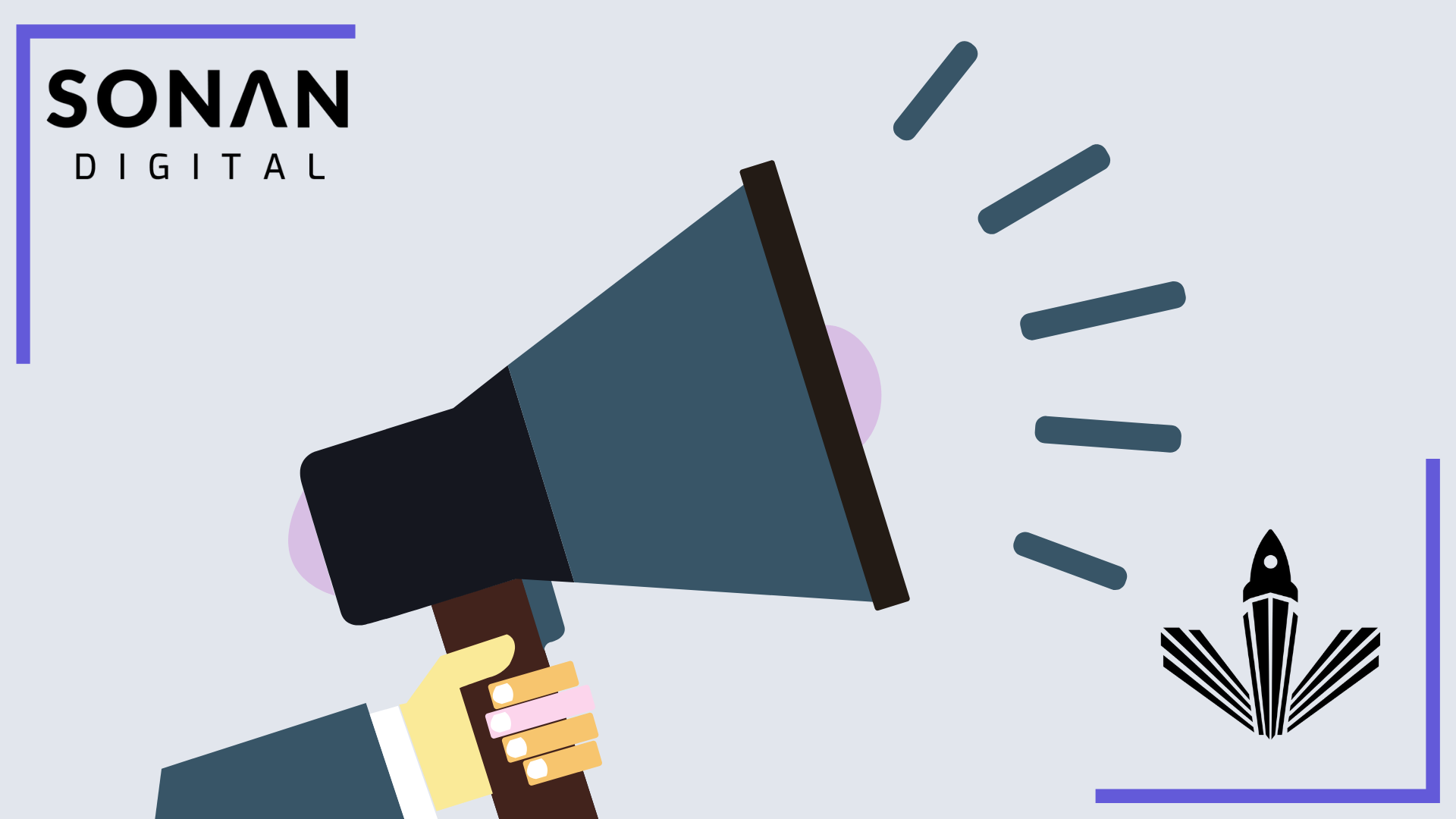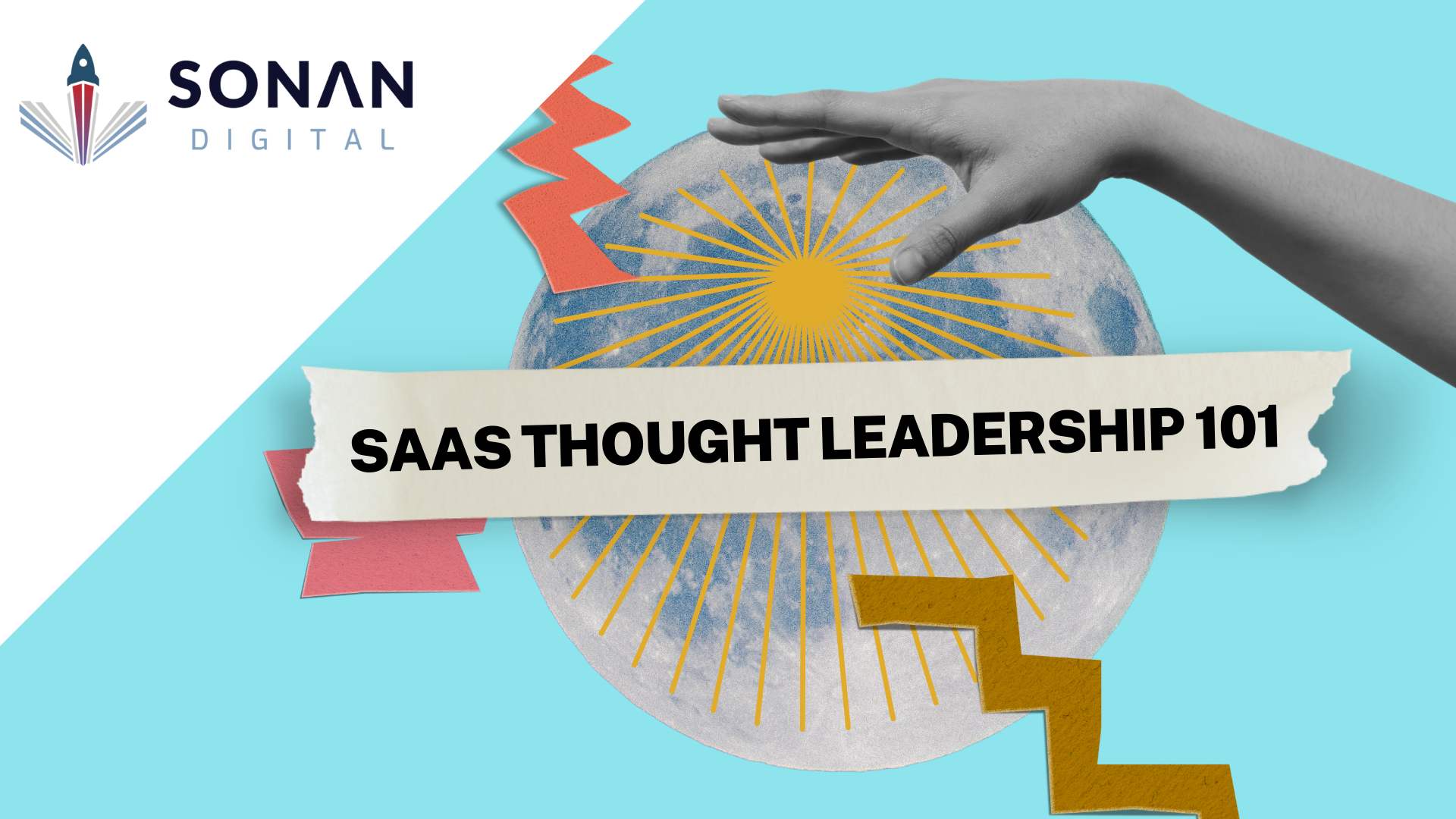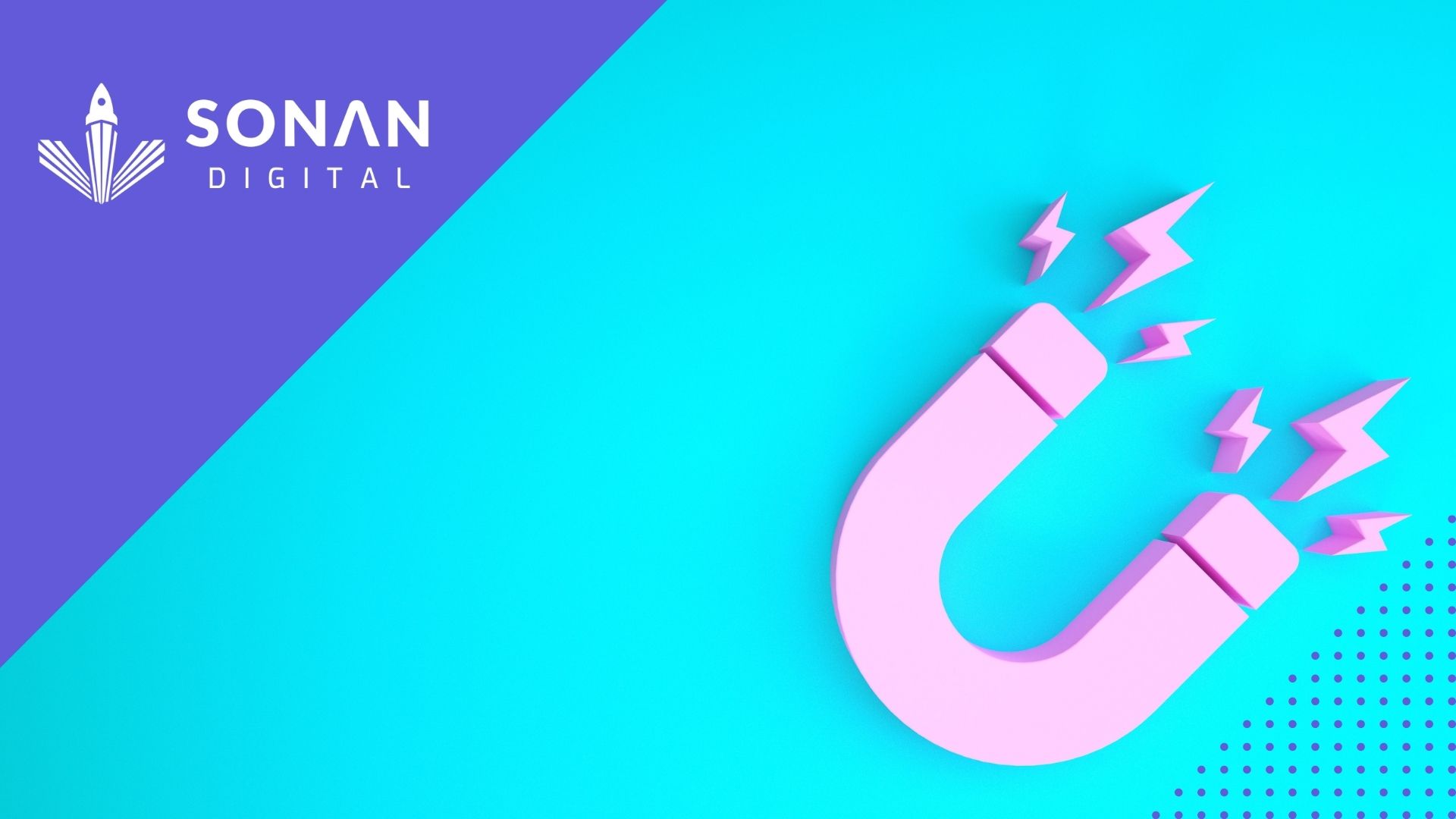With paid content marketing, it is possible to generate massive results in relatively short periods of time. Many content marketers make the mistake of overly investing in content creation, while leaving little room in the budget for promotion and distribution. Instead of relying on SEO for results, which can take upwards of 12 months or more, with paid marketing channels you can expose your target audience to your content the same day it is published. This can help you overcome the challenge of not being able to generate results in a reasonable amount of time. In this post, we will dive into the many ways that paid marketing channels can be used to promote content, with a specific focus on information relevant to B2B SaaS brands.
What is Paid Content Marketing and Promotion?
When we mention paid content marketing, we are referring to using channels such as LinkedIn or Facebook to help promote your content to its intended audience. Many content marketers rely on SEO or organic social media to achieve much of their results. There are also other valuable options. Paid content promotion assists in helping brands, especially ones with little SEO or organic social groundwork, distribute their content more rapidly.
Instead of relying on your target audience to stumble upon your piece of content through search, follow your brand on social media, or signup to your email list, you can pay for your content to be shown to them. We will investigate the benefits of implementing paid channels into your content marketing strategy, as well as what methods you can use.
The Benefits of Paid Promotion – Reach Your Target Audience Easily
As mentioned previously, one of the main benefits of paid content promotion is that you can reach your target audience easily. Instead of having to predict what they may be searching for, you can target them based on their LinkedIn profile, Reddit activity, YouTube interests, and more. When it comes to paid channels, 70% of B2B marketers use Facebook Ads, and 39% use LinkedIn Ads. Furthermore, according to the Content Marketing Institute, in 2022, 55% of B2B content marketers are planning to use paid media in their inbound marketing strategy. While the exact reasons vary by industry and goals, here are the main reasons behind content promotion:
- Promote new content with ease: Often each blog post can take months to rank on search engines. If you are producing time-sensitive pieces, these paid channels allow you to gain exposure quickly.
- Boost the returns on content production: Each piece of content can range from a couple hundred to a few thousand dollars to produce. Without adequate traffic, it may never get the exposure it deserves.
- Promote content to target accounts: As mentioned above, instead of waiting for decision-makers to stumble upon your content, through channels such as LinkedIn you can easily target specific accounts or roles within companies. This method shows your content right in a decision-makers news feed.
- Retarget website visitors: Through the use of custom audiences within Google Analytics and Google Ads, you can promote your latest content to individuals that have visited blog posts, or other high-intent pages such as pricing, or service pages. This can be helpful in reminding them of your brand and increasing your conversion rate.
- Promote your social media channels: Promoted content can not only gather immediate clicks, but can attract new followers to your existing social media channels and future social media posts.
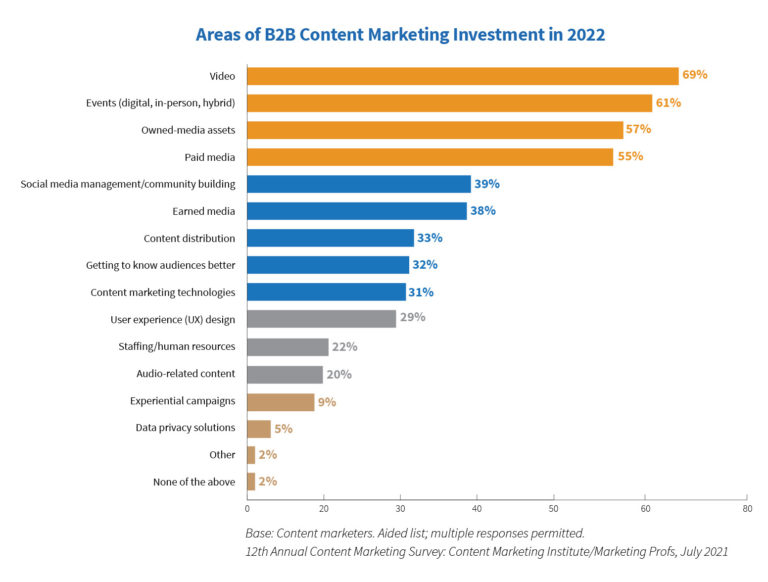
Paid Promotion Strategies – Start Promoting Your Posts
When it comes to paid content strategy, it is important to carefully select your platforms and target audience segments. If you are a B2B marketer, we highly recommend using LinkedIn as a starting point. While the costs are higher compared to Google or Facebook, it allows you to target audiences as small as 300.
Audience Management & Segmentation – Choosing The Right Piece of Content
As mentioned in our blog posts on the topic, having clearly defined goals and audiences for each piece of content is crucial. Targetting individuals who might be unaware of your brand with more general thought-leadership pieces or top-of-funnel blog posts makes sense. While selecting pieces such as case studies or comparisons to those already engaged with your brand is the right choice. You need to select the right piece of content to match the stage of each customer journey. Beyond this, if your company serves multiple industries or niches, then creating multiple campaigns for each may make the most sense. We recommend clearly mapping out which pieces of relevant content you would like to promote to each audience before starting.
Increase Your Conversion Rate with Relevant CTA’s
Since you will be spending your hard-earned budget, it is essential that you have an optimized call to action set. This can vary between each target audience and piece of content. Ensuring that you are inviting visitors to engage further makes a massive difference in the returns you will see. If they are viewing a top-of-funnel piece, try and collect their email through relevant gated content. If they are looking at a case study or comparison, then prompt them to get in touch with your team. Plan out the experience carefully and consider what the next steps for them are.
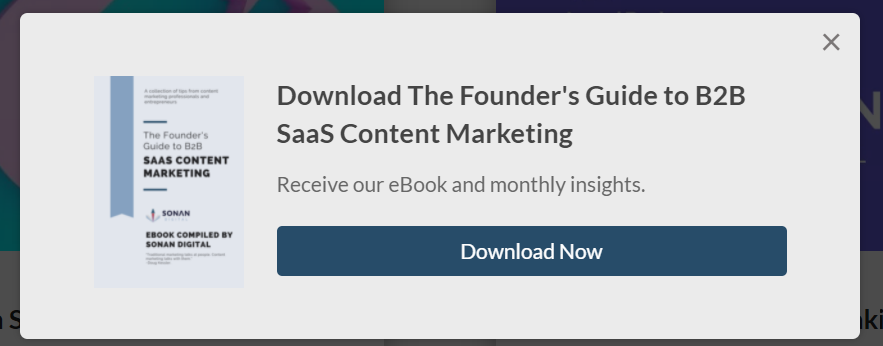
The Top Paid Content Marketing Channels to Consider
Having established what pieces of content you wish to promote and to whom, it is time to make it happen. Social media platforms such as LinkedIn and Facebook allow you to easily boost your posts. This makes your content come across in a more organic fashion compared to regular ads. The tools on these social platforms are relatively easy to get started with and require a relatively limited investment.
LinkedIn – Precision Account-Based Content Promotion
If you are looking to target B2B companies, there are few tools more accurate than LinkedIn. The platform allows you to upload a list of companies or contacts that you wish to target. This allows you to create campaigns with pinpoint accuracy. Looking to target finance professionals in all of the major industrial companies in your area? No problem. Or how about all of the companies that have expressed interest in your eBooks? Let’s do it. While the costs to promote your content on the platform are higher compared to other social channels such as Facebook, you gain powerful insights as to which companies, departments, industries, and titles are engaging with each campaign. Furthermore, LinkedIn also supports a number of content types ranging from visual content to video content.
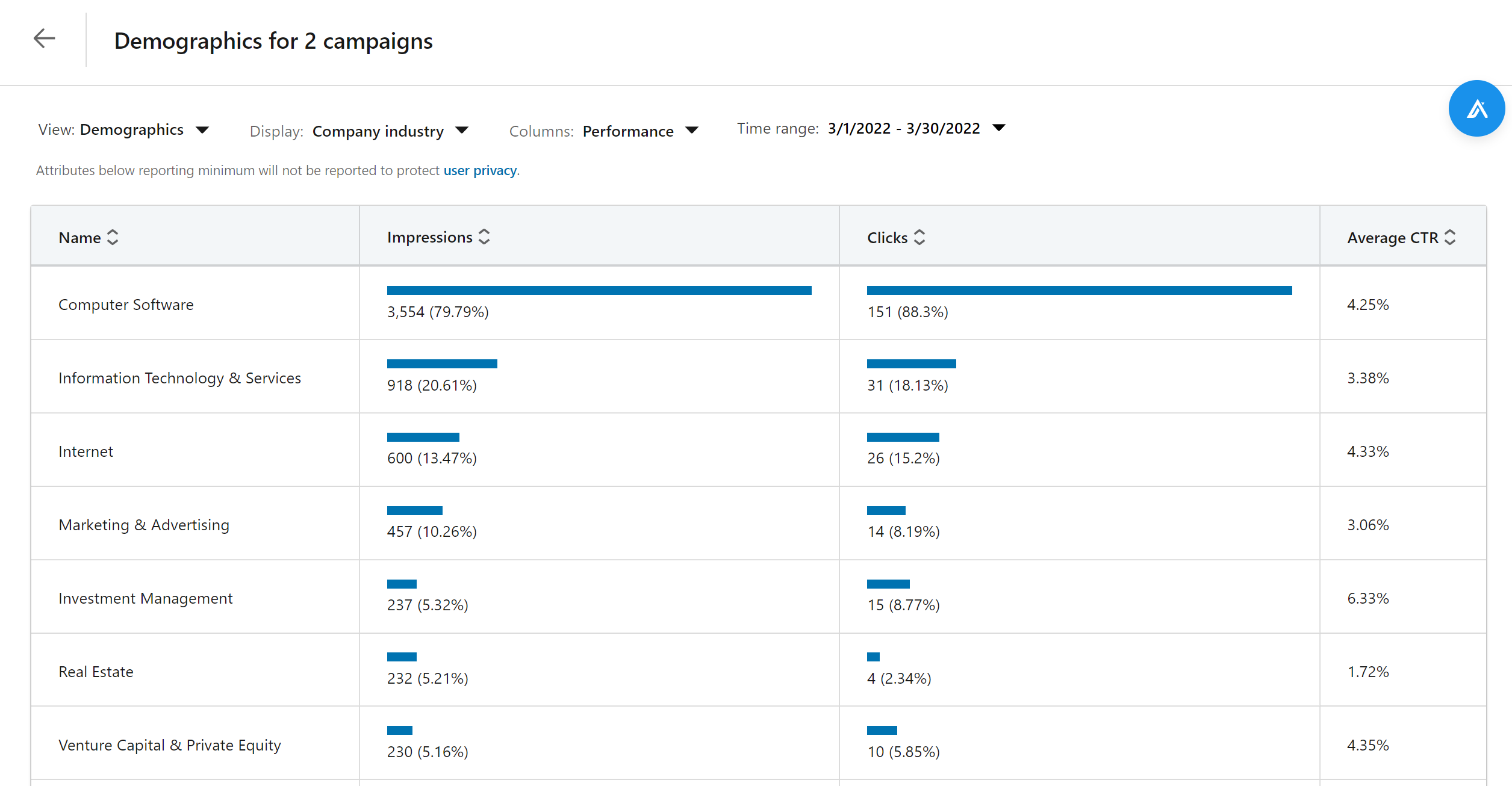
Facebook – Great Reach with Lower Costs
With its extensive reach and functionality, Facebook allows you to easily get your content in front of audiences. As it allows for your content to easily show on both Facebook and Instagram, it can be a compelling option. While the targeting options are limited when it comes to B2B, tools such as Clearbit, allow you to target precisely. Furthermore, the costs are usually a fraction of LinkedIn. Similar to LinkedIn, it supports a number of media formats. One option is to use Linkedin to attract targeted decision-makers to your website, and then promote new content using retargeting with Facebook.
Reddit – Reach Viewers Hungry for Content
Another great choice for getting your content in front of potential customers is the platform Reddit. With communities ranging from entrepreneurship to engineering, Reddit Ads, allow you to share valuable information. Especially popular in North America, you can select which subreddits you would like to show your ads in. With low average CPCs, Reddit makes for a compelling option for certain niches.
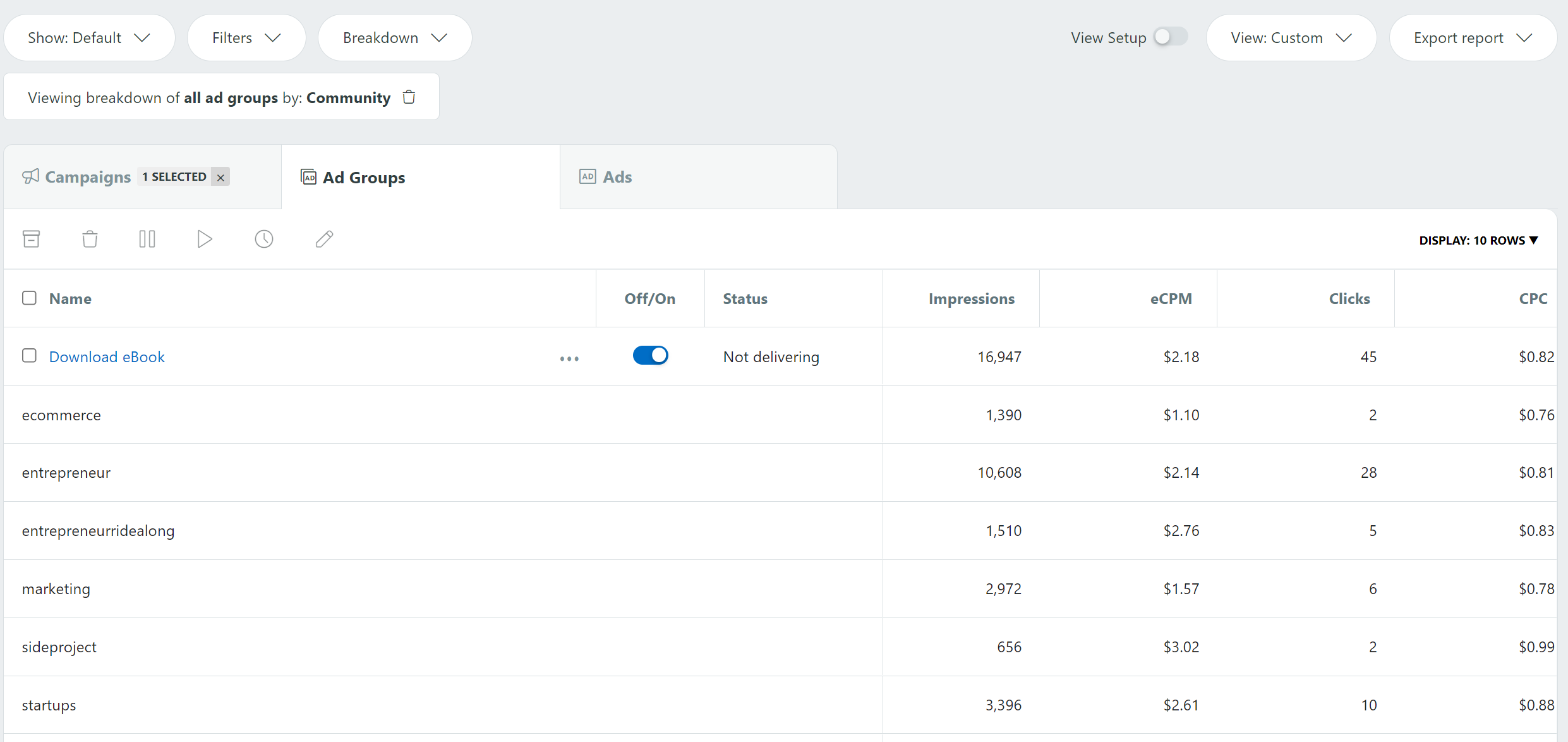
YouTube – Get Your Video Content Seen
With video content continuing to increase in popularity, YouTube is another channel to consider. It allows for a number of formats ranging from short non-skippable ads to longer skippable ads, to suggested content recommendations. Depending on the length and nature of your videos, carefully making your selection is important. You can also combine YouTube campaigns with others on the Google platform. You can target viewers that are already looking to learn about topics related to your product or service. With video ad sequencing, you can also create videos to share your brand’s story over time.
Native Advertising – Getting Creative with Editorial Content
With many publications hungry for revenue, there has been a trend in the use of native advertising for content promotion. Many niche publications now directly accept promoted content from companies if it meets their stylistic guidelines and quality requirements. Instead of showing ads next to content, you can communicate directly to your target audience by sharing information. Beyond this, you can also include formats such as visual content or video.
Getting Started with Paid Content Promotion
When done right, paid content promotion can give your inbound marketing efforts a massive boost. Don’t rely solely on organic search or social. With high-quality original content and the right content promotion tactics, you’ll be managing successful content marketing campaigns in no time.
-1024x320.png)
